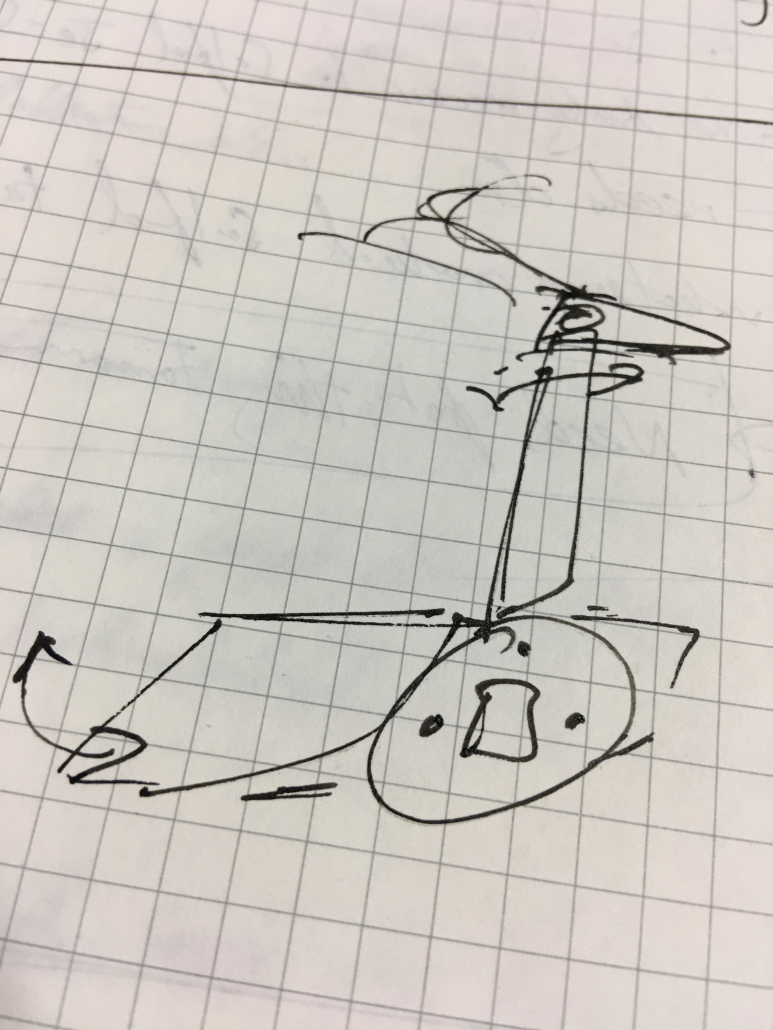So. Many. Robot. Puppets.
Well. It’s happening.
It’s taken us a while to really get geared up, but now suddenly dozens and dozens of Connected puppets are out in the world. Thanks to our new friends at Northumberland Libraries we’ve been out west to Haltwhistle, up north to Wooler, and a couple more schools roped themselves in for good measure.
Over the next few weekends we’re absolutely ram-jam-packed with workshops. For future dates keep an eye on this bookings page at the Life Science Centre, they’ll be releasing more workshops very soon.
Meanwhile – feast your eyes on these puppets! We’ve seen easter bunnies and knife-wielding figures and a stern-first sinking Titanic and a three- (four-?) eyed llama and dinosaurs and sharks and more. So many more.
Huge thanks to everyone who’s joined us so far, and for all your lovely comments and feedback. We’ve had a blast making these contraptions with you.

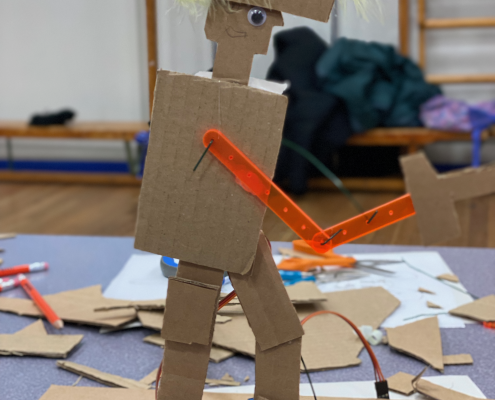
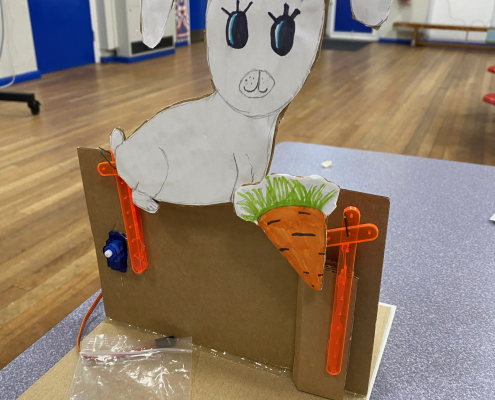
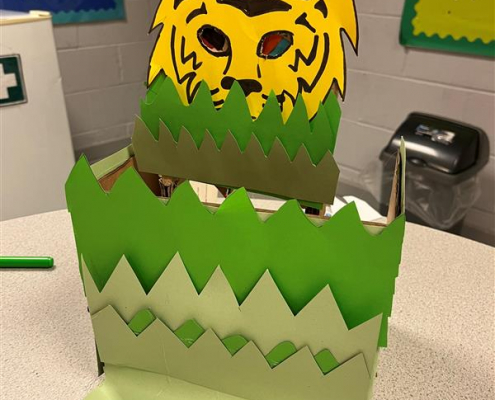
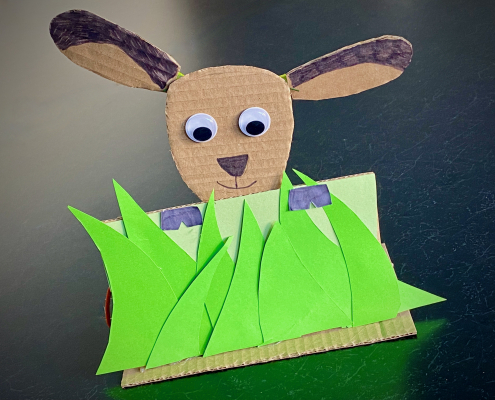
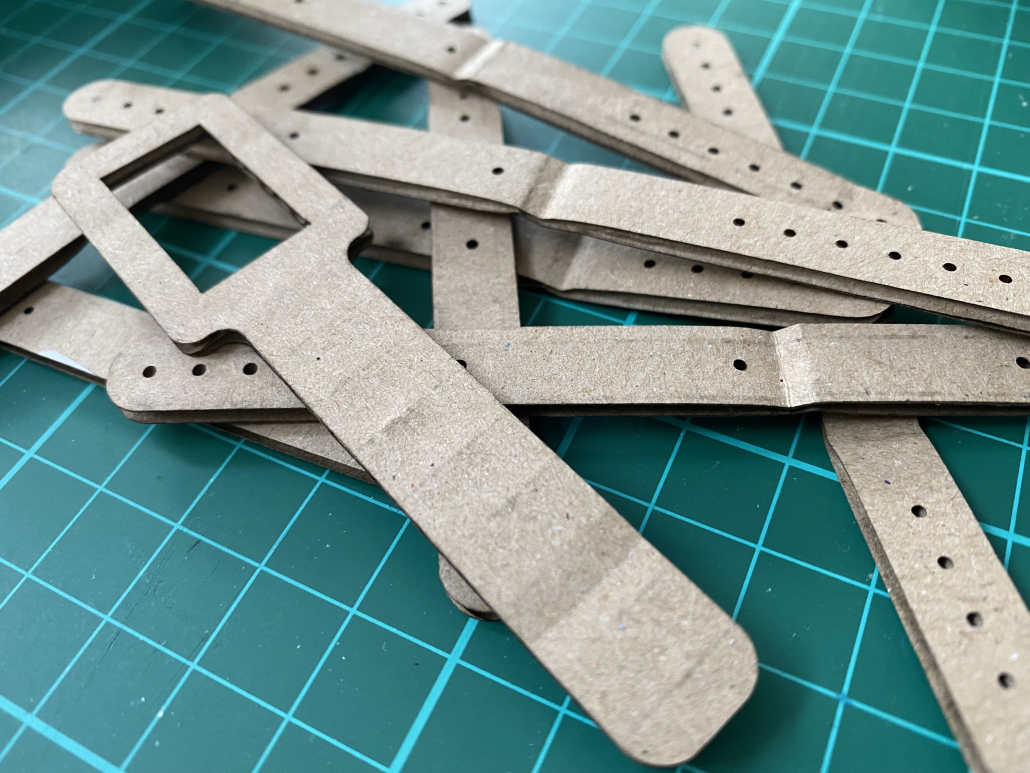
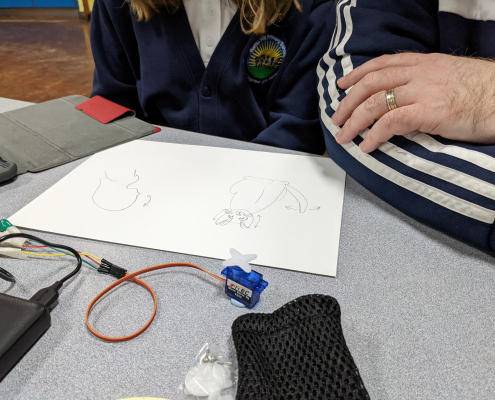 In the very first week one family made the dog in the picture above, which wags its tail when it’s happy and sags rather pathetically when sad. In subsequent weeks families have found out how to code more behaviours into their Connected devices, and explored different mechanisms they might use as they think through what their ultimate creations might be. Here’s a family sketching out a design for a cat puppet, and thinking about how it might move.
In the very first week one family made the dog in the picture above, which wags its tail when it’s happy and sags rather pathetically when sad. In subsequent weeks families have found out how to code more behaviours into their Connected devices, and explored different mechanisms they might use as they think through what their ultimate creations might be. Here’s a family sketching out a design for a cat puppet, and thinking about how it might move.